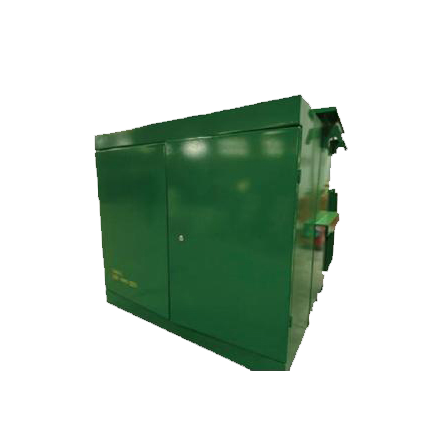When it comes to maintaining the appearance and cleanliness of our cars, a trip to the car wash is often the go-to solution. But have you ever wondered what chemicals are used to achieve that sparkling finish? In this article, we will delve into the world of car wash chemistry and explore the key chemicals that play a crucial role in the process.
- Surfactants:
Surfactants are the workhorses of any car wash. These compounds help to break down dirt, grease, and grime by reducing the surface tension of water, allowing it to penetrate and lift away contaminants from the car's surface. Common surfactants used in car washes include alkyl sulfates, alkyl ethoxylates, and alkylbenzenesulfonates. - pH Adjusters:
Maintaining the right pH balance is essential for effective cleaning. Car washes often use pH adjusters to optimize the cleaning process. Alkaline-based cleaners, such as sodium hydroxide or potassium hydroxide, are used to remove stubborn stains and road grime, while acidic cleaners, like citric acid or phosphoric acid, help to dissolve mineral deposits and restore shine. - Solvents:
Solvents are used to dissolve and remove tough substances like tar, oil, and tree sap. Common solvents found in car wash products include isopropyl alcohol, mineral spirits, and citrus-based solvents. These solvents effectively break down and remove stubborn contaminants without damaging the car's paint or finish. - Polishes and Waxes:
To achieve that showroom shine, car washes often use polishes and waxes. Polishes contain mild abrasives that help to remove fine scratches and swirl marks, while waxes provide a protective layer that enhances the car's shine and repels water. Common ingredients in polishes and waxes include carnauba wax, polymers, and silicones. - Water Softeners:
Hard water can leave unsightly spots and streaks on a car's surface. To combat this, car washes often use water softeners, such as sodium tripolyphosphate or citric acid, to remove the minerals that cause water hardness. By softening the water, car washes can ensure a spot-free and streak-free finish.
Conclusion:
The chemistry behind a car wash involves a careful selection of chemicals that work together to achieve a clean and shiny result. Surfactants break down dirt, pH adjusters optimize cleaning, solvents remove tough contaminants, polishes and waxes enhance shine, and water softeners prevent spotting. The next time you visit a car wash, you can appreciate the science and chemistry that goes into making your car look its best.


+ There are no comments
Add yours